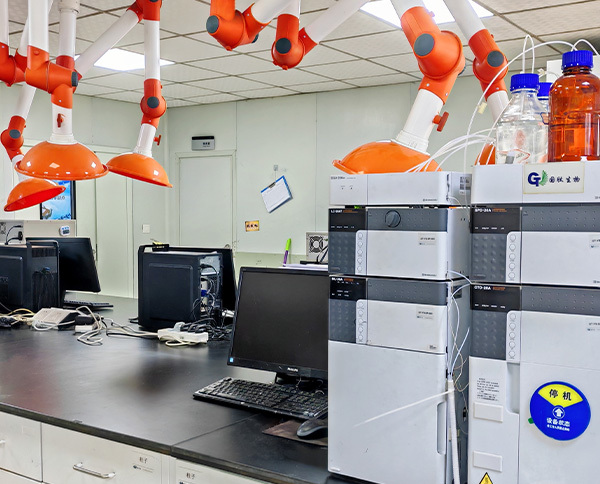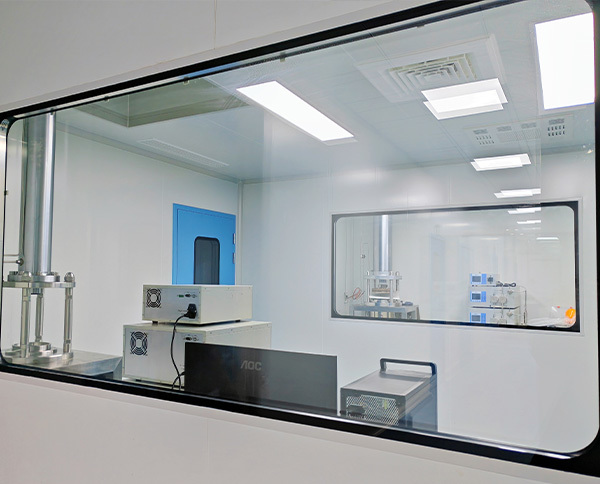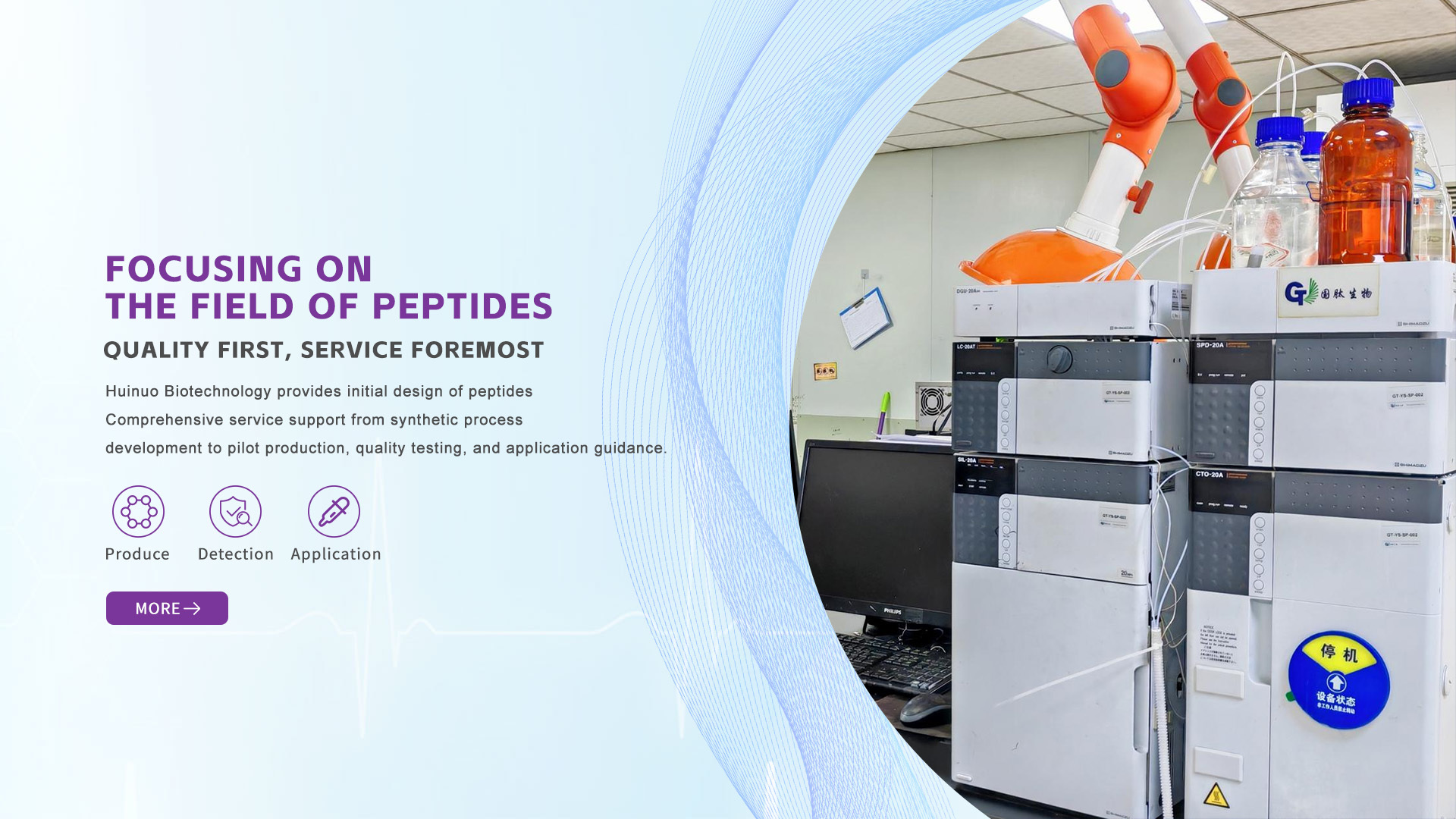ABOUT US
A high-tech company dedicated to the field of life science and biotechnology
Hefei novabio-chem Biotechnology Co., Ltd. was established in August 2024. As a core enterprise under Bankpeptide biological technology co., ltd, it is a high-tech enterprise dedicated to the fields of life sciences and biotechnology. Focusing on the forefront of life sciences, relying on the research and development resources of the University of Science and Technology of China and the Chinese Academy of Sciences, it is equipped with a 500 square meter laboratory, peptide synthesis production line, and clean workshop, and has reached a strategic cooperation with Hefei High tech Zone.
Industry experience
Product categories
Partners

Peptide Synthesis Services
Technology-driven, quality-oriented
Providing more professional and reliable biotechnology services to global customers
MORESERVICE

R&D of peptide blocks
Develop a diversified peptide building block product line covering Fmoc/Boc protection, covering natural/unnatural amino acids, functionalized modified monomers and complex structure building blocks, supporting customized production from gram to ton level, providing high-purity, high-stability basic raw materials for drug research and development and biomaterials fields.
Peptide Synthesis Services
Provide sequence design, synthesis and purification services from milligrams to kilograms, supporting long peptides (100+AA), difficult sequences and complex modifications (phosphorylation, cyclization, fluorescence labeling, etc.), synthesis purity ≥98%, meeting the needs of all stages from scientific research exploration to industrial production.

Synthesis of special protected amino acids and small molecule compounds
Develop rare amino acids (such as D-amino acids, azides) and targeted small molecule compound synthesis services, adapt to cutting-edge fields such as ADC drugs and PROTAC molecules, and provide full-chain support from structural design to process scaling.

BLOG
How to choose a suitable peptide synthesis technique?
How to choose the right peptide synthesis technology? Basic concepts of peptide synthesis First, we need to clarify what peptide synthesis is. Simply put, peptides are short-chain molecules made up of amino acids linked by peptide bonds. They play many important roles in living organisms, including acting as signaling molecules. The core of peptide synthesis technology is to combine amino acids in a certain order to form the required peptide. So, why is peptide synthesis technology so important? Imagine if we could efficiently synthesize specific peptides, researchers could conduct research and development faster, and may even find breakthroughs in the treatment of unknown diseases. Isn't this exciting? Types of peptide synthesis technology To choose the right peptide synthesis technology, you must first understand the main synthesis methods available. Currently, common peptide synthesis technologies mainly include solid-phase synthesis, liquid-phase synthesis and biosynthesis. 1. Solid-phase synthesis Solid-phase synthesis is one of the most widely used peptide synthesis technologies. The principle of this technology is to fix amino acids on a solid support, and then gradually add other amino acids to finally synthesize the required peptide. The advantages of solid-phase synthesis are high efficiency, convenience, and ease of automation. However, relatively speaking, it has higher requirements for the sequence of amino acids and chemical reaction conditions. 2. Liquid phase synthesis
15 Aug,2025
Key points analysis of Tirzepatide impurities
I. Tirzepatide Basic Information Tirzepatide is a linear peptide composed of 39 amino acids with the molecular formula C₂₂₅H₃₄₈N₄₈O₆₈ and a molecular weight of 4813.45 Da. II. Impurity Sources and Classification Impurities in tirzepatide mainly come from the following aspects: Production process impurities Synthetic residues: including unreacted amino acids, protecting groups (such as Fmoc, Boc), catalysts (such as EDTA, TCEP), and solvent residues. Degradation products: During synthesis, purification, or storage, reactions such as peptide bond breakage, oxidation (such as methionine oxidation), deamidation (such as asparagine deamidation) may generate impurities. Exogenous contamination: Metal ions (such as sodium, potassium), microbial metabolites from production equipment, containers, or the environment
10 Aug,2025
Detailed introduction to Tirzepatide impurities
Tirzepatide impurities are mainly characterized by their diverse sources, structural complexity, the importance of detection and control, and research value. The following is a detailed introduction: Diversity of Sources Introduction during the production process: Tirzepatide is prepared by solid-phase peptide synthesis (SPPS) or liquid-phase synthesis. Incomplete reactions, side reactions, or incorrect connections may occur during the process, leading to the generation of impurities. For example, the coupling reaction of amino acids may be incomplete, or the removal of protecting groups may be incomplete, resulting in by-products. In addition, raw materials (such as amino acids, protecting groups, coupling reagents) or intermediates used in the synthesis process may remain and become impurities. Residues of solvents, catalysts, or other chemical reagents may also introduce impurities. Storage and Transportation Degradation: Tirzepatide may degrade due to environmental factors (such as temperature, humidity, light, pH changes) during storage or transportation, resulting in impurities. For example, the peptide chain may undergo hydrolysis, oxidation, or isomerization to generate degradation products. Introduction of process steps: Certain steps in the production process (such as purification, filtration, freeze-drying) may introduce impurities. For example, by-products or polymers that are not completely removed during the purification process. Structural Complexity Polypeptide Structural Characteristics: Tirzepatide is a linear peptide composed of 39 amino acids, and its unique amino acid sequence and three-dimensional
05 Aug,2025








